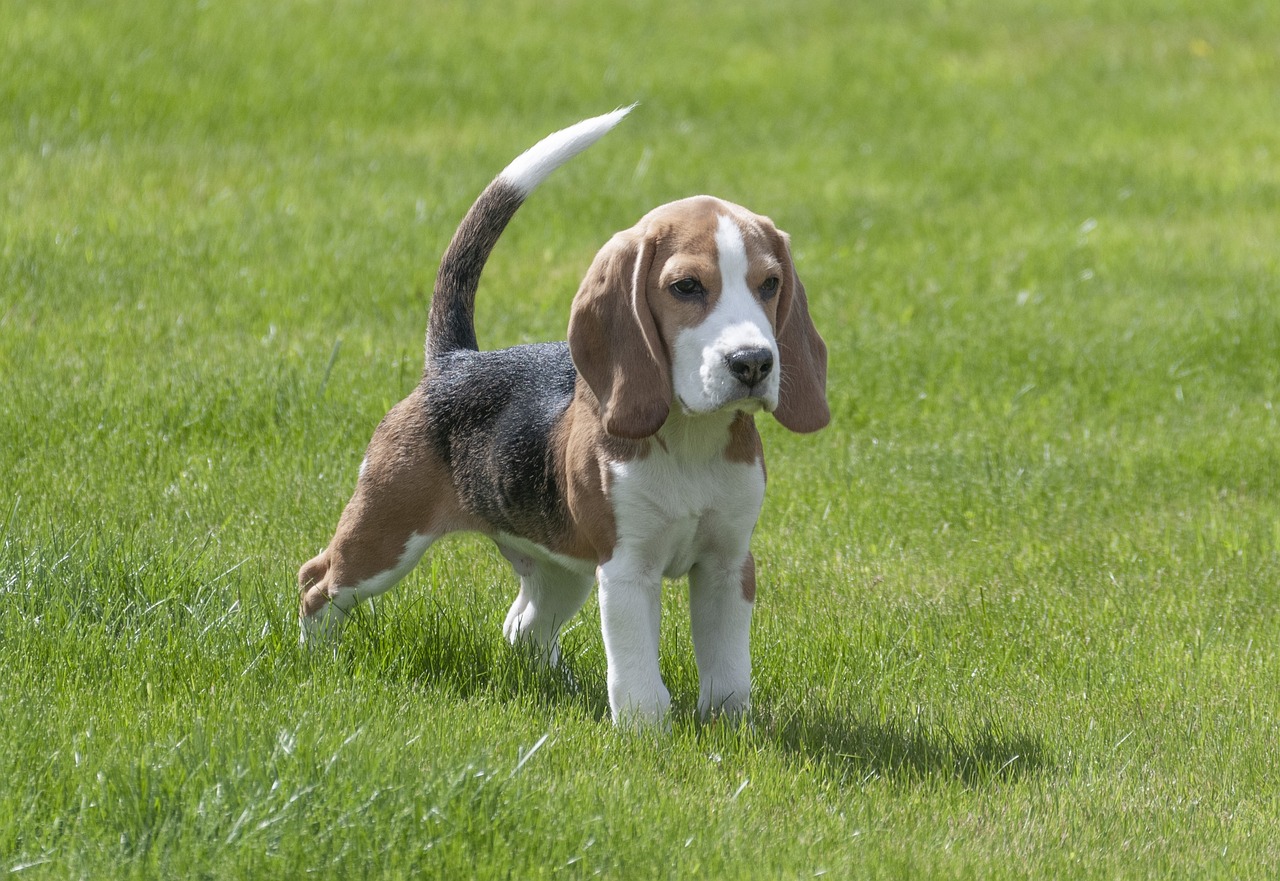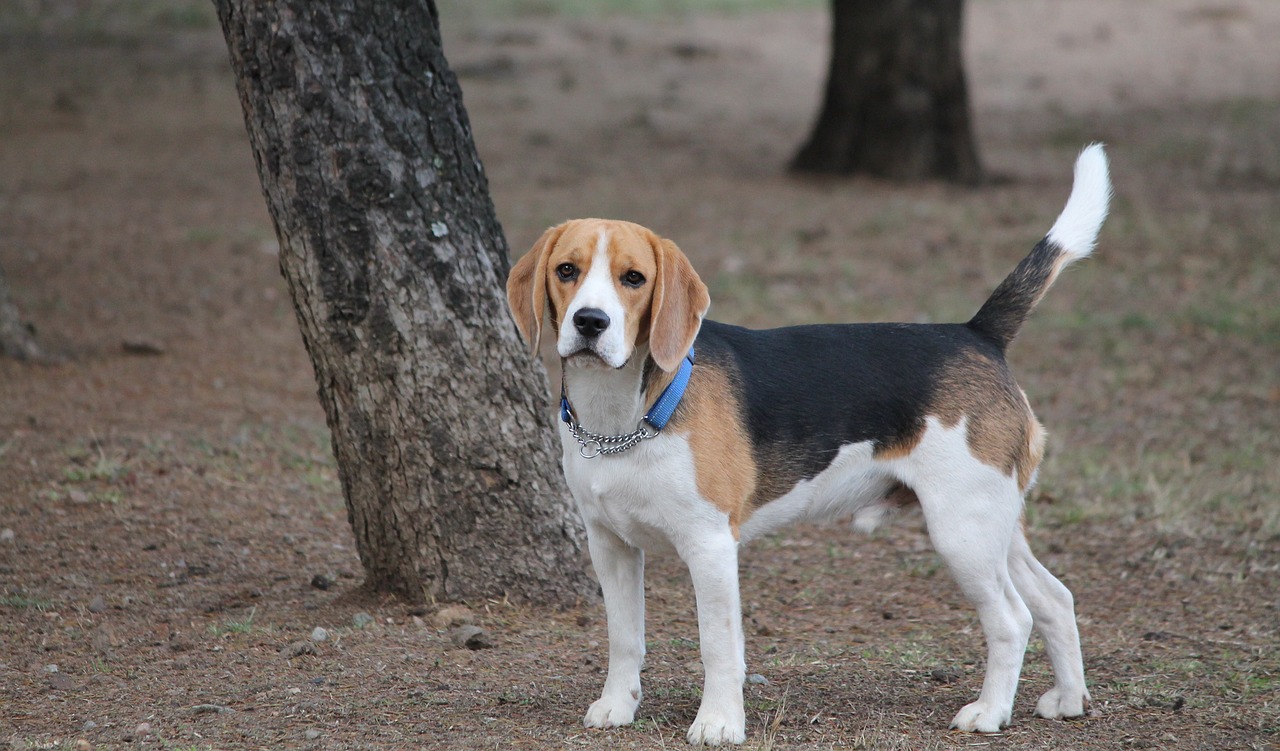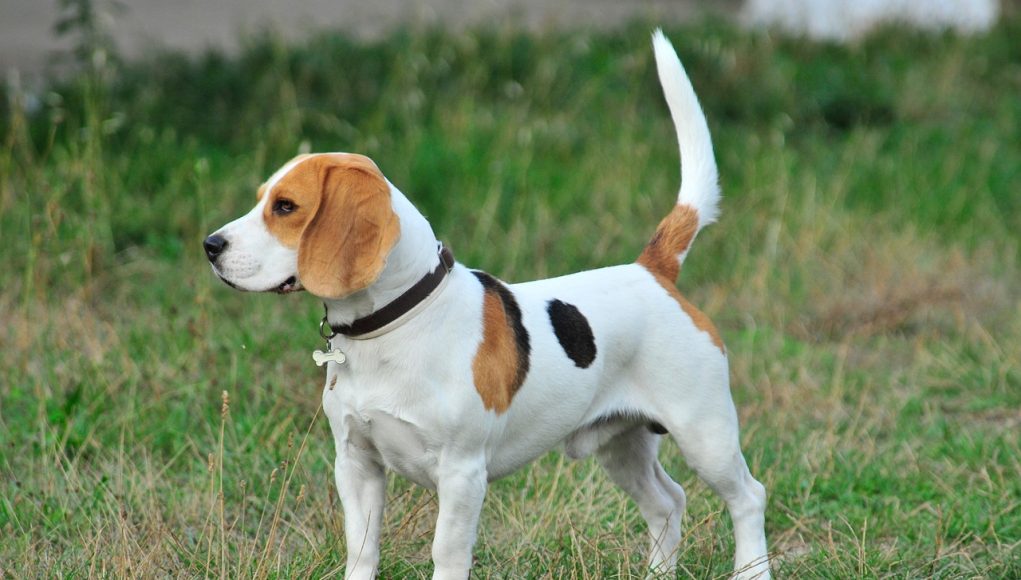The Beagle is a beloved breed known for its friendly nature and remarkable scent-tracking abilities.
This article aims to provide detailed information about the breed’s history, physical characteristics, temperament, care needs, health concerns, and what to consider before adopting a Beagle.
Beagle : A Complete Guide to This Dog Breed
The Origins
The Beagle’s origins trace back to ancient Greece, where similar small hounds were used for hunting. However, the modern Beagle developed primarily in England around the 14th century, bred as a scent hound for tracking rabbits, hares, and other small game. The breed’s name is believed to originate from the French word “begueule,” meaning “open throat,” likely referring to the Beagle’s vocal nature.
The Beagle became particularly popular among English nobility for its hunting skills and compact size, which made it easy to carry during hunts. An interesting historical note is that Queen Elizabeth I had a fondness for « Pocket Beagles, » a smaller variety of the breed that could fit into a saddlebag. This breed’s sense of smell is among the most acute of all dog breeds, making Beagles exceptional hunting companions and later, valuable assets for detection work in customs and law enforcement.
Physical Characteristics of the Beagle
The Beagle is a small to medium-sized dog, typically standing between 13 and 15 inches (33-38 cm) at the shoulder and weighing between 20 and 30 pounds (9-14 kg). They have a short, smooth coat that comes in a variety of colors, including tricolor (white with black and brown patches), lemon, and red and white.
Distinctive features of the Beagle include its large, floppy ears that help trap scent particles, and its expressive brown or hazel eyes that give the breed its endearing appearance. Their sturdy, muscular bodies are built for stamina and endurance, which is essential for their original purpose as hunting dogs. When compared to similar breeds like the Harrier or Foxhound, Beagles are smaller and more compact, making them more manageable for smaller hunting tasks or as family pets.

The Temperament
Beagles are known for their friendly, curious, and energetic nature. They are social dogs that typically get along well with children, other dogs, and even strangers, making them excellent family pets. However, their independent and determined personality, combined with their keen sense of smell, means they can sometimes be stubborn and challenging to train. Consistent, positive reinforcement methods work best for this breed.
While Beagles are generally good-natured, they do have a loud bay and bark, which they use to communicate or express excitement. This behavior may require training if the Beagle is to live comfortably in close quarters, such as an apartment. Beagles thrive in active families that can provide them with plenty of playtime, socialization, and exercise.
Care Needs for the Beagle
Coat and Grooming
The Beagle’s short coat is relatively easy to maintain. Weekly brushing is usually sufficient to remove loose hairs and keep the coat healthy, although they do shed throughout the year. Given their floppy ears, regular ear cleaning is necessary to prevent infections, as their ears can trap moisture and debris. Routine nail trimming and dental care are also essential.
Exercise and Living Environment
Beagles are active dogs that require a lot of physical exercise. Daily walks, play sessions, and activities that engage their sense of smell, such as scent-tracking games, are ideal. While they can adapt to apartment living, they are happiest in homes with a yard where they can explore and roam. However, Beagles should always be in a secure area or on a leash, as their strong hunting instincts may lead them to chase after scents.
Health Concerns for the Beagle
Beagles are generally healthy dogs, but they are prone to specific health conditions. Common issues include:
- Hip Dysplasia: A genetic condition that affects the hip joint, leading to arthritis or pain over time.
- Ear Infections: Due to their floppy ears, Beagles are susceptible to ear infections and require regular ear cleaning.
- Epilepsy: This breed has a higher likelihood of developing epilepsy, a neurological condition causing seizures.
- Hypothyroidism: Beagles can also suffer from hypothyroidism, leading to weight gain and lethargy if not managed with medication.
The average lifespan of a Beagle ranges between 12 and 15 years. Regular veterinary check-ups, a balanced diet, and consistent exercise are key to maintaining their health and longevity.

Lifespan and Quality of Life for the Beagle
The Beagle’s lifespan, typically 12-15 years, can be influenced by genetics, diet, and exercise levels. Ensuring that a Beagle receives proper nutrition, regular exercise, and mental stimulation is essential for a long, happy life. Engaging activities such as puzzle toys and scent-tracking games can greatly enhance their quality of life, as Beagles thrive when they have a task to perform.
The Pros and Cons of Owning
Pros:
- Beagles are affectionate, social, and great with children.
- Their compact size makes them suitable for smaller living spaces.
- Their natural scent-tracking ability can be fun to explore with scent-based games and activities.
Cons:
- Beagles can be loud, with their distinct baying and barking.
- They require significant exercise and mental stimulation to prevent boredom.
- Their independent streak can make them challenging to train, especially for first-time dog owners.
What to Know Before Adopting a Beagle
Before adopting a Beagle, consider if your lifestyle matches the breed’s needs. Beagles are best suited for active owners who have time for daily walks and playtime. They can adapt to various living environments but do best in homes with access to outdoor space. Families with children or other pets often find Beagles to be excellent companions.
It’s important to remember that Beagles are scent-driven dogs with a strong prey drive, so keeping them on a leash or in a secure area is crucial. Commitment to their care, including regular grooming and exercise, is necessary to ensure a happy, healthy life.
The Beagle is a loyal and energetic breed, perfect for active families who enjoy spending time outdoors. While they require attention, training, and exercise, the rewards of owning such a friendly and affectionate dog are immeasurable. Potential owners should consult breeders or adoption centers to learn more and ensure the Beagle is the right match for their home.








